Join More Than 50,000+ Subscribers and get latest camera news and rumors
NEW CAMERA VIDEOS ON YOUTUBE
Download Our Android App
|
By admin, on August 12th, 2024
Let’s discuss the best entry-level camera for photographers. In this particular article, we will compare all the entry-level camera sensors at high ISO range to each other to find out the best of all.
The list of cameras that we have included in this test starts with Sony’s most popular 24-megapixel APS-C CMOS sensor. The Sony 24-megapixel APS-C BSI CMOS sensor is being used in the following models:S
Sony A6100
Sony ZV-E10 Mark II
Sony A6400
We have selected Nikon’s famous 20-megapixel APS-C CMOS sensor, being used in these Nikon cameras:
Nikon Z30
Nikon Z50
Nikon Zfc
And finally, Canon’s 24-megapixel APS-C DPAF CMOS sensor, the latest generation of the sensor, is being used in:
Canon R50
Canon R10
The Canon R100 camera sensor as well as the processor used in R100 is not coming straight from Canon’s latest generation of sensors, so we are putting this camera on the sap-rate list
From the editor’s desk:
In this comparison, we will be evaluating the image sensors of all these cameras together to find out which one performs best in low-light and uncontrolled lighting environments.
Are you planning to buy a new camera for photography? Whether you’re interested in kids’ photography, shooting portraits of your family and friends, capturing landscapes, architecture, or even wildlife photography, in any of these scenarios, you will be exposed to uncontrolled lighting environments.
What does an uncontrolled lighting environment mean? It means dealing with natural light, which is not always perfect as per your requirements.
So, what does a photographer do to adjust for natural light? They generally raise the ISO level to balance the exposure.
The truth is, If your camera sensor cannot perform well at high ISO levels, then it’s likely not the right choice for you. In this comparison, we will be reviewing all these models so you can easily find the best camera for your needs.
1. Canon R100 vs Canon R10/R50
We are comparing Canon are 100 camera versus The Canon R10 / r50 by picking up the ISO 12800 now let’s see the image below and discuss the result
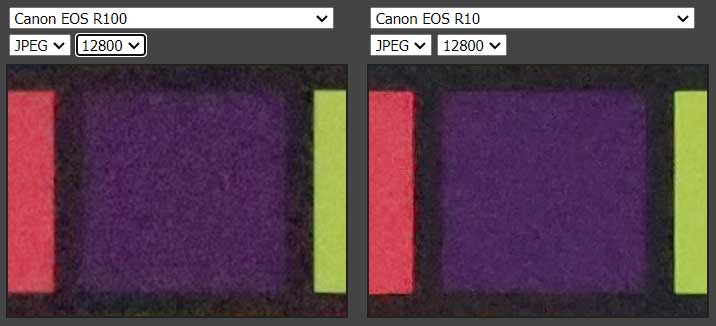
As seen in the test results, you can clearly notice that the image sample captured at ISO 12800 with the Canon R100 camera does not preserve details as well as the Canon R10.
What could be the reason behind this? It could be due to the older generation of the sensor or perhaps the older generation of the image processor used in the Canon R100. It could be either of these two factors, but the end result is clear: the Canon R50 camera’s sensor performs much better compared to the Canon R100.
Verdict: Winner Canon R10/Canon R50 Camera
2. Canon R10/R50 vs Sony ZV-E10/A6400
Now it’s time for the most interesting comparison. We are comparing the Canon R10 and R50’s 24-megapixel Dual Pixel CMOS autofocus sensor with Sony’s 24-megapixel Hybrid CMOS autofocus sensor, which is used in the Sony ZV-E10, Sony A6400, and Sony A6100 cameras. This comparison will be very interesting to see which one performs better under various conditions.
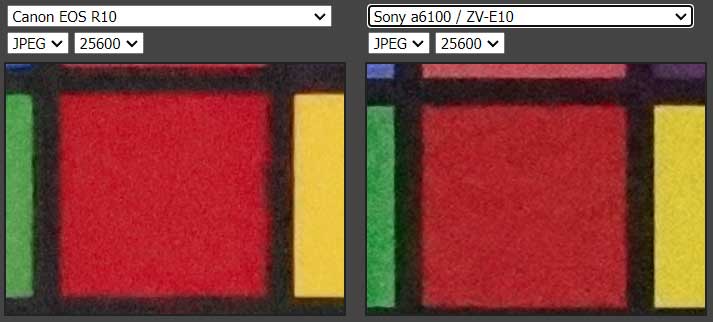
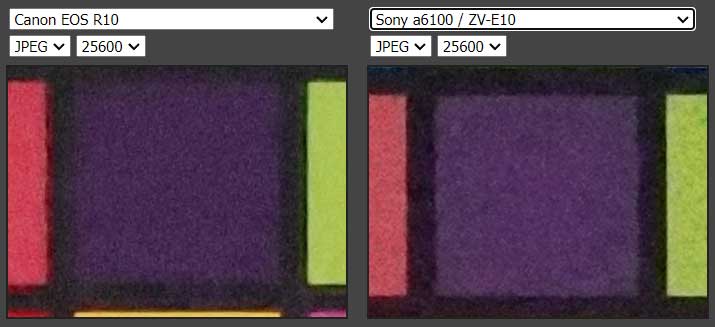
From the image samples, it is very clear that Sony’s 24-megapixel Hybrid CMOS autofocus sensor is able to capture slightly more detail—or rather, it’s better to say it’s able to preserve slightly more detail—compared to the Canon R10 and Canon R50’s 24-megapixel Dual Pixel CMOS autofocus sensors.
We’re not talking about a major difference, but there is a noticeable one. You can observe it in the corners and edges of the color blocks, where the sharpness and details are better preserved by Sony’s sensor at high ISO ranges compared to the Canon R10.
Verdict: Winner Sony ZV-E10 | Sony A6400 Camera
3.Sony ZV-E10/A6400 vs Nikon Z30/ Z50
Now it’s final test time, and we are comparing the Sony ZV-E10 or the Sony A6400 camera Hybrid CMOS autofocus sensor with the Nikon Z30 or Z50. We do have a slight resolution difference between them, and we will be comparing both at the same. Let’s find out the difference we have.
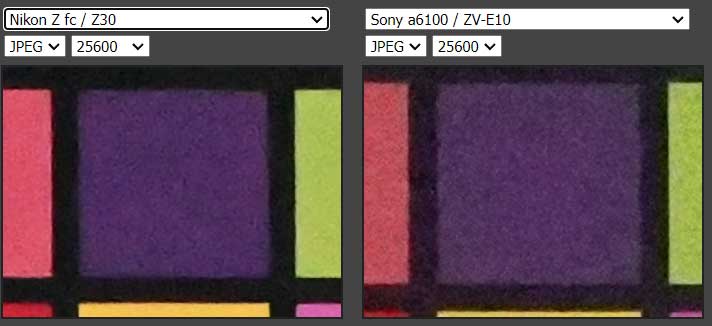
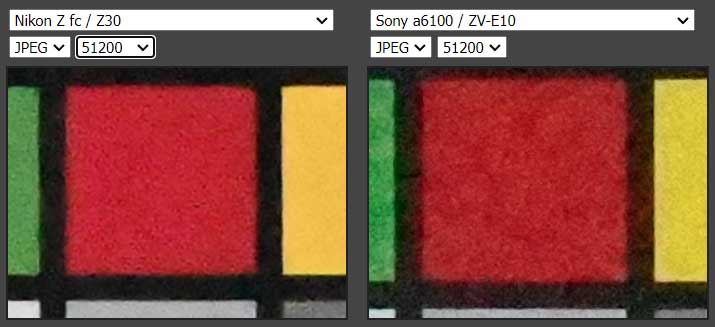
We have selected two different image samples at two different ISO levels. The first one is at ISO 25600, and the other set of samples is at ISO 51200. In both images, it is clearly visible that the Nikon Z30, Zfc, or Z50 20-megapixel Hybrid CMOS autofocus sensor wins by a margin. It preserves a bit more detail; the corners and the borders are a bit clearer and better preserved compared to the image samples we have on the right side from the Sony A6100 or the Sony ZV-E10.
From the test, it’s very clear that the 20-megapixel Hybrid CMOS autofocus sensor of the Nikon Z30 is able to preserve a bit more detail.

Final Result and the Winner
If you are going to combine all the tests and conclude a result, then the clear winner in the entry-level zone is the Nikon Z30, Z50, or Zfc with the 20-megapixel Hybrid CMOS autofocus sensor. If you want to shoot amazing images in uncontrolled light or low-light environments, then without a doubt, even in 2024, this sensor is best for you.
Get Nikon Z30 | Nikon Z50 | Nikon Zfc from Amazon.com | B&H Store
PS: Keep in mind that several other factors are also involved, like the autofocus system, continuous burst speed, and types of autofocus modes, but we are discussing the most important part here: the image quality, which matters the most to a photographer.
We Need Your Love and Support: How can you support TheNewCamera.com? Simply by purchasing your new camera, lens, or any other accessories through our affiliate links, which will help us maintain this website.
source image credit – www.dpreview.com/reviews/image-comparison
By admin, on August 12th, 2024
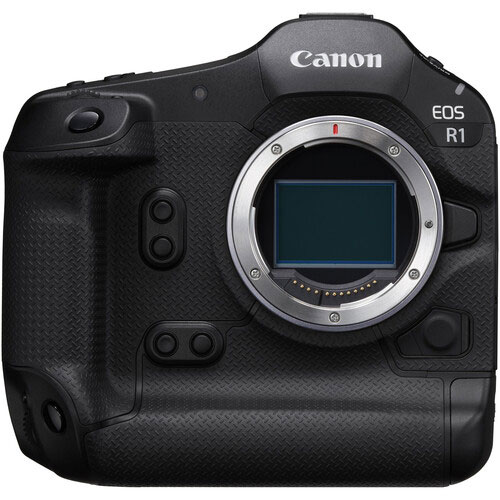
The latest set of rumors we have suggests that Canon is working on a high-resolution monster camera. Undoubtedly, the Canon R1 is not the flagship camera we should consider competing against the Nikon Z9 and the Sony Alpha A1. These words come from someone who knows what’s happening inside Canon.
It seems like a damage control act. People who were waiting for a perfect Nikon Z9 and Sony Alpha A1 competitor are slightly disappointed. They were expecting a higher-end flagship camera but instead got what feels like an R3 Mark II camera inside the Canon R1 body. Most of them were hugely disappointed and opted to buy the Canon R5 Mark II, which seems to be a more suitable option compared to the Canon R1, the so-called flagship from Canon.
Now, information is coming out from various sources that the new technical advisory team is actively working to create a true competitor to the existing flagship cameras. The name being suggested right now is the Canon R1 X, which is set to be a higher-resolution monster.
They are testing multiple high-resolution sensors that could create a significant impact and a big difference between the existing flagship cameras and the upcoming Canon R1 X camera. According to insiders, they are considering up to 80 MP resolution with 8K videography capability. While it is still under development, you can expect a range of resolutions somewhere between 50 to 80 MP for the upcoming camera.
The development announcement of the camera is expected sometime in June or July 2025, which is the earliest we are expecting right now if everything goes as per schedule.
We will post an update as soon as we get any information related to the upcoming Canon cameras and lenses.
Also, see – Best Canon Camera For Wildlife Photography 2024
Get LIVE RUMORS –> FACEBOOK | TWITTER | INSTAGRAM to get live Camera News + Canon rumors 24X7
By admin, on August 11th, 2024
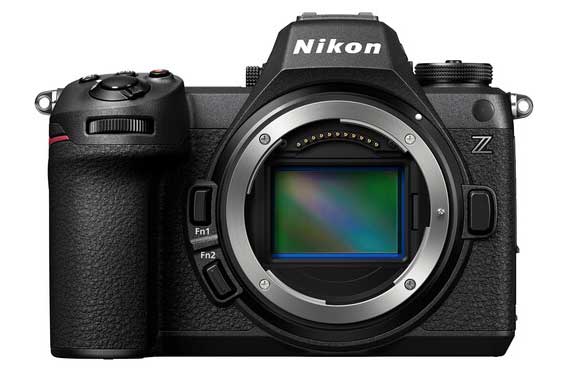
Latest report coming out from MAP CAMERA, the Nikon Z6 Mark III scored first place by a large margin, take a look at the ranking,
July ranking of new digital cameras:
1st place Nikon Z6III
2nd place FUJIFILM X-T50
3rd place SONY α7C II
4th place Nikon Z f
5th place Nikon Z8
6th place Canon EOS R6 Mark II
7th place SONY α7RV
8th place SONY α7IV
9th place Panasonic LUMIX S9
10th place Panasonic LUMIX GH7
The Nikon Z6III started at number one in the Yodobashi rankings but also took first place at Map Camera by a large margin, so it’s off to a perfect start. Nikon’s Zf and Z8 are also ranked 4th and 5th, so it seems like they’ve been gaining momentum lately.
Fujifilm’s X-T50 continues to sell well, coming in second position after the Z6 III. The strong sales of the X-T50 is likely due largely to the fact that it is being supplied in abundance, which is rare for a Fujifilm camera, once the demand goes high the STOCK goes out.
Sony is ranked 3rd, 7th, and 8th, so it’s also doing well, but it doesn’t seem as strong as it used to be. We’re looking forward to the new models that are rumored to be coming out in the fall.
Canon is fighting alone with the R6 Mark II, but that may change when the new EOS R5 Mark II model is released.
Panasonic has two models ranked in the list, but what is concerning is that the S9 has dropped significantly from its second-place debut.
By admin, on August 10th, 2024
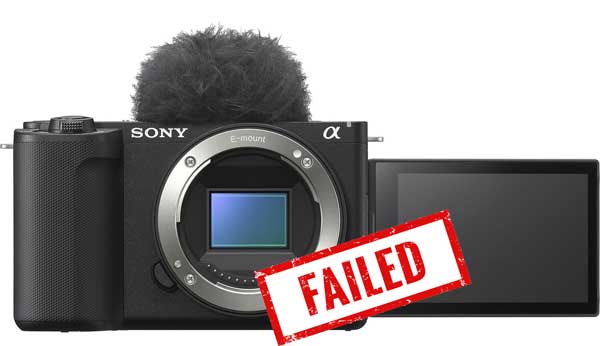
According to Chinese source E88_888 (translated) the ZV-E10 Mark II camera sale is not going well in the USA and their successful strategy of creating a Highly popular Vlogging camera is halted or you can say it has failed this time to impress the consumer base, and means that ZV series lost its effectiveness to impress the consumer base out there.
The ZV-E10 Mark II camera’s price is somewhat close to the Sony A6700 camera, but it lacks the AI processing unit as well as sensor-shift image stabilization. Additionally, it doesn’t support the video frame rates available in the A6700 camera. Sony has crippled many of the specifications inside the ZV-E10 Mark II camera to protect the sales of the A6700 camera. At the same time, due to its high price tag, the camera was not able to directly replace its predecessor, the ZV-E10, whose sales are still going well.
It looks like Sony’s strategies have failed this time to read out the actual requirements of consumers out there.
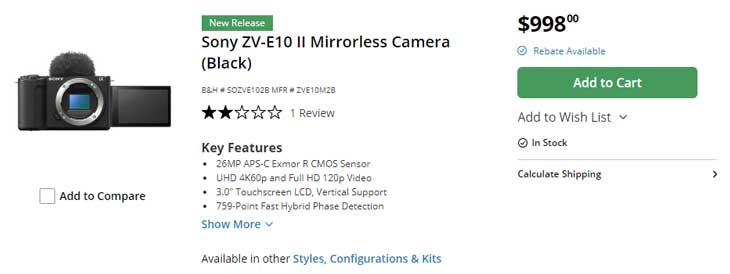
Follow us on our social pages FACEBOOK | TWITTER | INSTAGRAM, If you have time –>see more Sony Alpha Rumor
source E88_8888
By admin, on August 9th, 2024
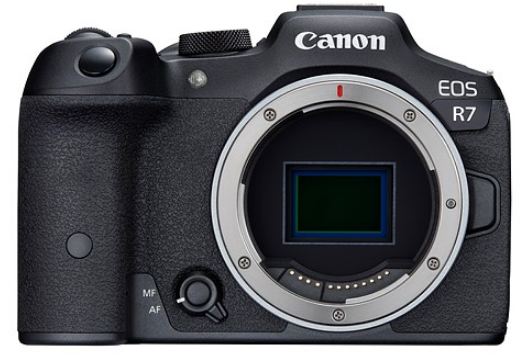
According to the latest information, Canon is planning to launch the Canon R7 Mark II camera.The sources mentioned “Canon R7 Mk II is about to enter the production pipeline”, that means if the rumor is true then we will have a Canon R7 Mark II camera on or before Feb 2025.
We do not have much information about the camera right now regarding its specs, but we do have a list of expectations that
- 32.5MP Stacked APS-C CMOS Sensor
- Dual Pixel CMOS AF II
- 4K 120p 10-Bit Video, HDR-PQ & C-Log 3
- External 6K ProRes RAW Recording
- 40 fps E. Shutter, 15 fps Mech. Shutter
- Sensor-Shift 5-Axis Image Stabilization
- 3.69 m-Dot OLED EVF
- 1.6m-Dot Vari-Angle Touchscreen LCD
- Sensor-Shift 5-Axis Image Stabilization
- Dual UHS-II Memory Card Slots
- Multi-Function Shoe, Wi-Fi and Bluetooth
So this is not the first time we have published this information. Just a while ago, on April 29, 2024, we announced the entire schedule of Canon’s latest mirrorless cameras. Among these, the Canon R7 and R10 in the APS-C category are the cameras waiting for an update. Technically, we now have some strong information related to the R7 Mark II camera’s arrival. Stay tuned, We will also bring you updates if we get any information related to the R7 Mark II camera or even the R10 Mark II, if possible.
Also, see – Best Canon Camera For Wildlife Photography 2024
Get LIVE RUMORS –> FACEBOOK | TWITTER | INSTAGRAM to get live Camera News + Canon rumors 24X7
By admin, on August 9th, 2024
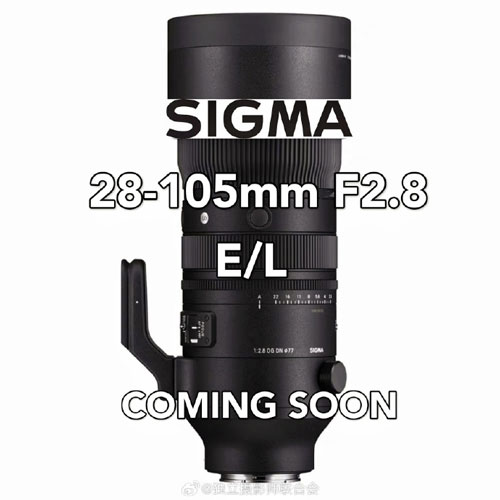
So, we have a Sigma lens coming right around the corner, with a focal length of 28-105mm and an aperture of f/2.8 for E (Sony Mirrorless) and L Mount (Panasonic and Leica). This is a very unique focal length, and it is set to compete directly against Canon’s super costly 24-105mm f/2.8 lens. It will be exciting to see the performance comparison between the two, even though we all know about the price difference. We are expecting the announcement or arrival of the 28-105mm f/2.8 lens sometime in September.
Also – Sigma 28-45mm F1.8 DG DN Art [Cinema Edition] Announcement on 3-16 Sep, 2024
Get LIVE RUMORS –> FACEBOOK | TWITTER | INSTAGRAM to get live news + Sigma Rumors
source webio
By admin, on August 8th, 2024
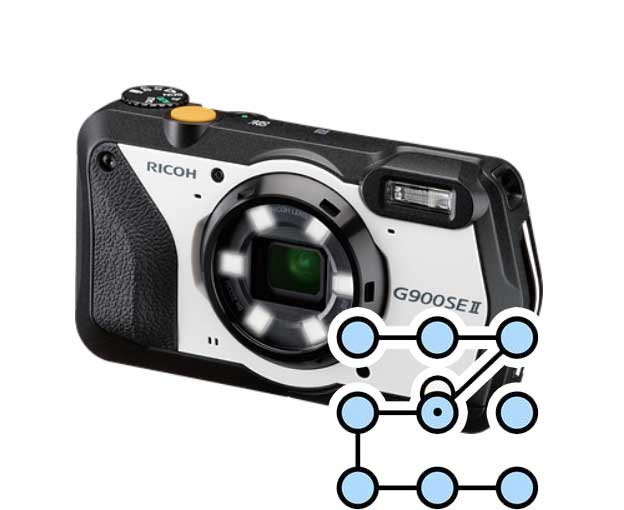
Ricoh has announced two new compact rugged cameras. Both cameras belong to the G900 series and are named the G900 Mark 2 and the G900 SE Mark 2 (SE features built-in Wifi and NFC). The most important feature they have added to their new SE compact rugged cameras is the password lock, which will help the camera owner prevent unauthorized access to these cameras.
Both cameras remain waterproof to a depth of 20m (65.6ft), shockproof from a height of 2.1m (6.8ft), able to withstand 100kg force (220 lb force) and temperatures down to -10°C (14°F). Both models are equipped with GPS, with the SE variant adding Wi-Fi, Bluetooth and NFC. They can also tolerate sodium hypochlorite, ethanol, or liquid chlorine dioxide disinfectants, means its chemical proof too.
Both cameras use the same 20MP Type 1/2.3 (29mm²) sensors and have 6.5GB of internal memory, allowing its use without an SD card, to increase security. the SE model features WiFi and NFC , and both of them also have a Micro HDMI port as well as a USB-C port for data transfer and live streaming.
Ricoh G900 Mk II Features
- Ricoh Imaging Co., Ltd. will release the RICOH G900 II compact digital camera, which meets the waterproof, dustproof, shockproof, and chemical resistance requirements for harsh environments such as construction, disaster, and medical care, where rain and dust can be a problem, and which complies with the digital small blackboard integration function and authenticity verification (tamper detection function) advocated by the Japan Construction Management Software Industry Association (J-COMSIA).
- The camera’s airtight body structure provides excellent waterproof performance (JIS protection class 8, equivalent to IPX8) that enables it to withstand continuous underwater use for up to 20 meters.
- It is equipped with reinforced protective glass on the front of the lens and protectors at key points. It is a tough model that is drop-resistant from 2.1m and dust-resistant (JIS protection class 6, IP6X compliant) to withstand full-scale use in harsh field environments, has a cold-resistant structure that can operate even at -10°C, and a load-bearing structure that can withstand weights of up to 100kgf (kilograms force)
Ricoh G900 Mk II SE Additional features
- The new product, “RICOH G900SE II,” is the successor to the “RICOH G900SE” (released in May 2019) and will be sold primarily through Ricoh’s office equipment sales channels as an enhanced model of the digital camera “RICOH G900 II” announced on the same day.
- Equipped with Bluetooth v3.0/v4.2 BLE (Bluetooth Low Energy) and wireless LAN (IEEE802.11 a/b/g/n/ac 2.4/5GHz), it enables high-speed wireless data transmission to a wide range of devices, not only PCs but also smartphones and corporate networks.
- It supports Enterprise Wi-Fi with enhanced security. It also supports WPS (Wi-Fi Protected Setup), making it easy to set up a wireless LAN connection.
- Supports near-field wireless communication NFC cards (Felica, Mifare, ISO1443 Type A/B contactless IC cards). For example, you can lock and unlock the camera by holding an NFC card over the camera body.
- When using multiple cameras on a corporate network, firmware updates, camera menu settings, and camera memo list files can be set up on a server on the network, allowing multiple cameras to be automatically configured all at once.
- You can restrict operations by selecting and locking multiple items from among “camera operation,” “menu selection,” “built-in memory playback,” “USB connection,” “SDW card use,” and “WEB server access.”
- Camera administrators and users can each set passwords for items for which they want to restrict operation.
Ricoh G900 II and G900SE II Press Release
The RICOH G900 II and RICOH G900SE II are waterproof, dustproof, shock- and chemical-resistant for use at demanding jobsites
PARSIPPANY, New Jersey, August 7, 2024 — Ricoh Imaging Americas Corporation today announced the RICOH G900 II and RICOH G900SE II, two new heavy-duty, industrial cameras designed to be highly resistant to water, dust, shock and chemicals, for use at demanding jobsites in industries including construction, manufacturing, disaster relief and healthcare.
The RICOH G900II and the RICOH G900SE II offer outstanding and dependable performance in harsh conditions. They are waterproof to a depth of 65.6 feet (20 meters) for up to two hours of continuous operation and highly resistant to chemicals. Compact and lightweight, the cameras incorporate a protective reinforced glass element to the front surface of the lens and a number of protectors at crucial parts of the body. They’re dustproof, shockproof against falls of 6.8 feet (2.1 meters), cold-resistant to temperatures as low as 14°F (-10°C), and crushproof against weights of up to 220 pound-force (100 kilogram-force).
Both cameras are equipped with a back-illuminated, 20.0-megapixel CMOS image sensor that delivers sharp, clear, high-resolution images, even at a super-high sensitivity of ISO 25600.
| Keeping data secure |
In addition to outdoor applications at civil engineering, construction and disaster relief sites, the RICOH G900 II and RICOH G900SE II can also be used in a wide range of indoor industries. Security features including a password-protected camera lock function make them ideal for use at high-security workplaces. The successor to the RICOH G900SE, announced in 2019, the RICOH G900SE II has enhanced security features, including system data management functions in connection with intranet systems, ideal for use at infrastructure and utility facilities, road maintenance and public institutions including local governments, police, and fire stations.
The RICOH G900SE II features other premium functions including support for Bluetooth® and wireless LAN connections, and compatibility with NFC cards. It assures wireless, high-speed data transmission of captured images with a broader choice of devices and supports security- enhanced Enterprise Wi-Fi systems.
| Simplified data management and workflow from anywhere |
The RICOH G900 II and RICOH G900SE II feature a Camera Memo function that reduces workload and simplifies data management, enabling users to attach a text or audio file to an image and enables users to browse compatible reference images like building plans blueprints on the camera’s monitor. When used in combination with Barcode Scanning mode, barcode information can be attached to the camera memo data. The camera’s EX2 application software can be used to integrate image categorizations and file names into the camera memo data, reducing the post-shooting workload. All data can then be exported as an XML file for easy integration into databases.
When connected to a computer, both the RICOH G900 II and RICOH G900SE II can function as a web camera for real-time streaming of Full HD-resolution at 30 frames per second. When combined with its high-power, six-LED ring light unit and macro shooting capability, detailed, enlarged views of small items can be shared during virtual meetings.
The RICOH G900 II and RICOH G900SE II have a host of advanced and user-friendly features to facilitate shooting at a variety of worksites including a GPS module that attaches GPS data to captured images, a transparency guide that enables users to use a previously captured image as a template for capturing a new image with identical composition, an electronic level to check the camera’s horizontal and vertical inclination, 6.5GB of built-in memory, and 4K-resolution video recording capability.
| Pricing and Availability |
The RICOH G900 II will be available late August at www.us.ricoh-imaging.com as well as at Ricoh Imaging-authorized retail outlets nationwide for a manufacturer’s suggested retail price of $799.95.
The RICOH G900SE II will be available in September at www.us.ricoh-imaging.com and via Ricoh Imaging’s industrial partners for a manufacturer’s suggested retail price of $899.95.
|
KEEP THIS BLOG ALIVE - Support New Camera Buy Canon Lenses, Buy Music CD or Digital Camera at amazon it helps this site, and you do not pay anything extra, it is just a way to help support this site.

|





















